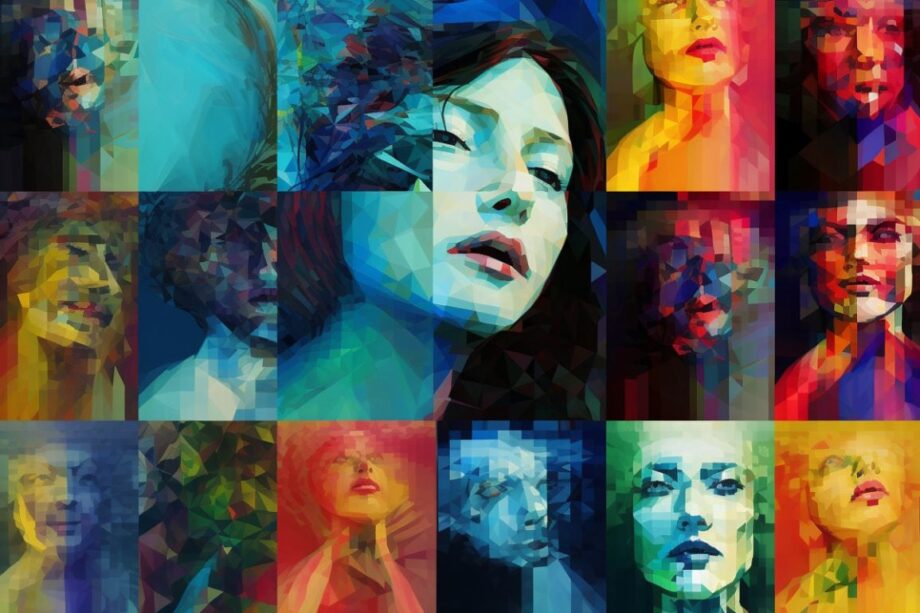Neural networks, the backbone of image recognition software, emulate our brain’s data processing. However, their complex architecture often hinders error tracking, limiting their application in crucial areas like healthcare.
Purdue University introduces a groundbreaking tool, showcased in a Nature Machine Intelligence paper by computer science professor David Gleich. This tool simplifies error detection in neural networks, analogous to spotting mountaintops from an airplane.
Accessible on GitHub, the tool proves its effectiveness in various scenarios, uncovering errors in image databases, from X-rays to apparel. Gleich’s method provides a unique perspective by visualizing the network’s relationship among all images in a database, offering a bird’s-eye view of how the network organizes them.
Using topological data analysis, the team maps relationships onto a Reeb graph. Color-coded dots on the graph represent image classifications, and overlapping dots reveal areas of confusion. This innovative approach provides a macroscopic understanding of the network’s data, facilitating error identification in high-stakes scenarios.

